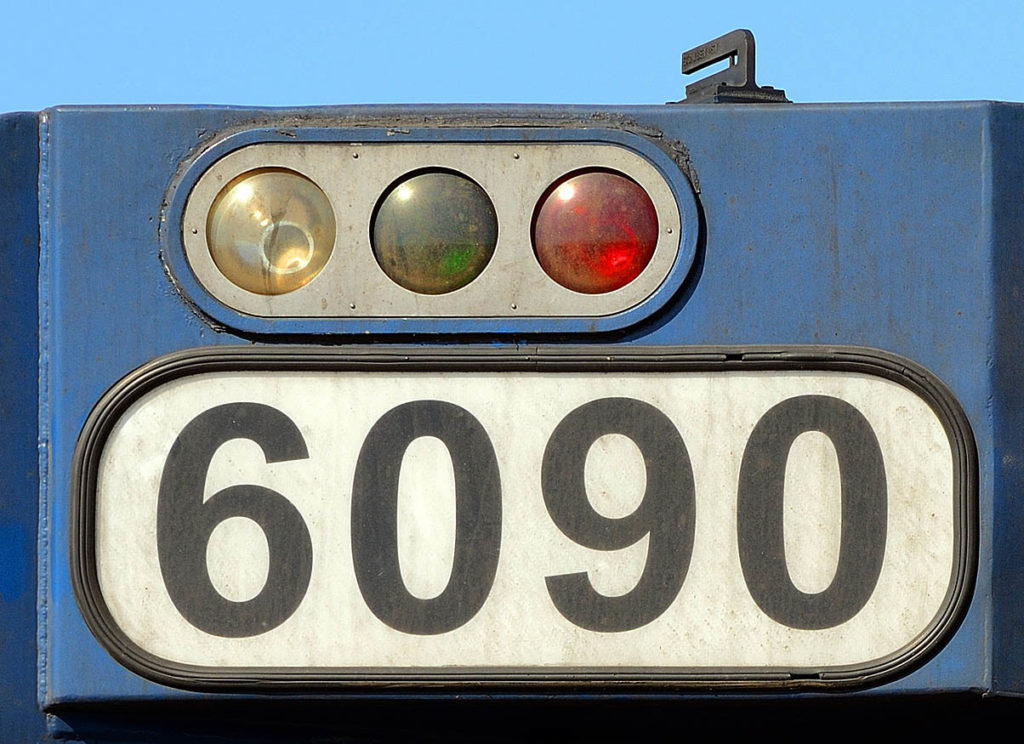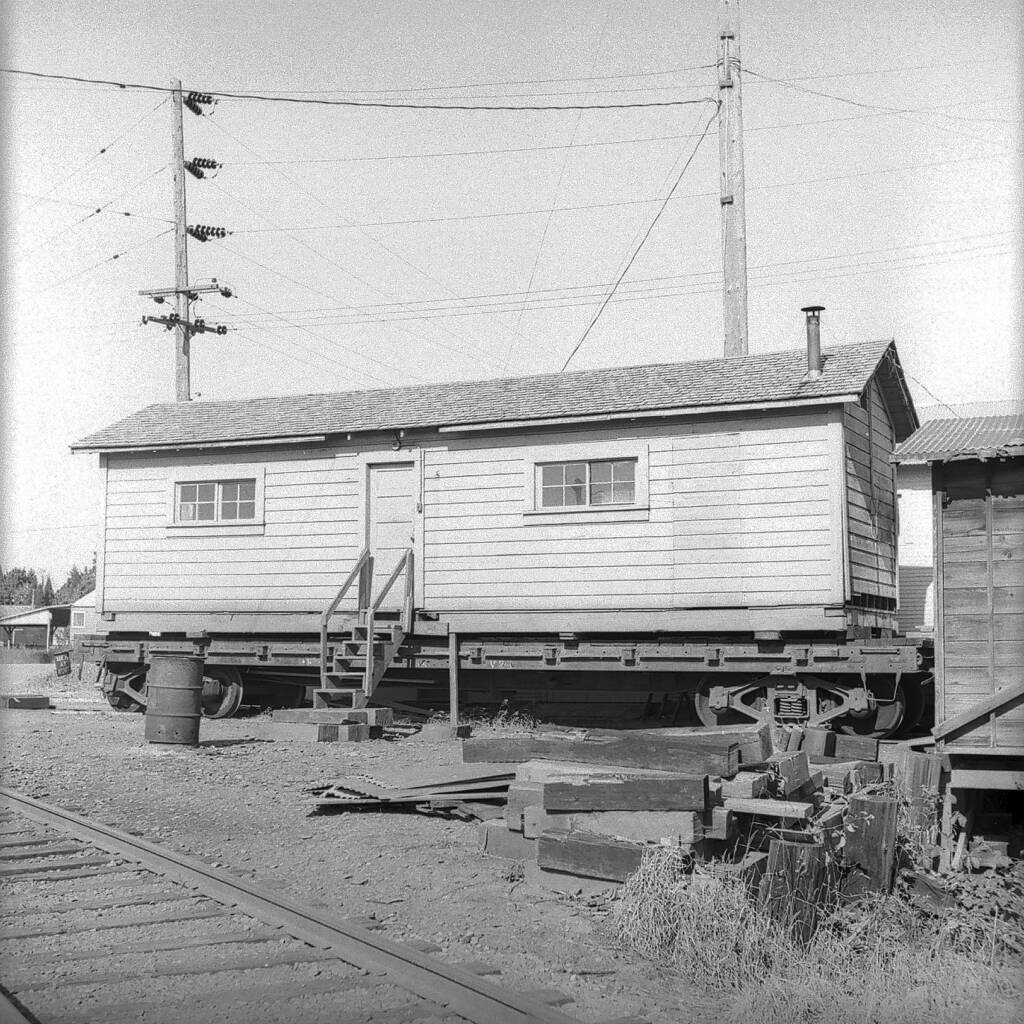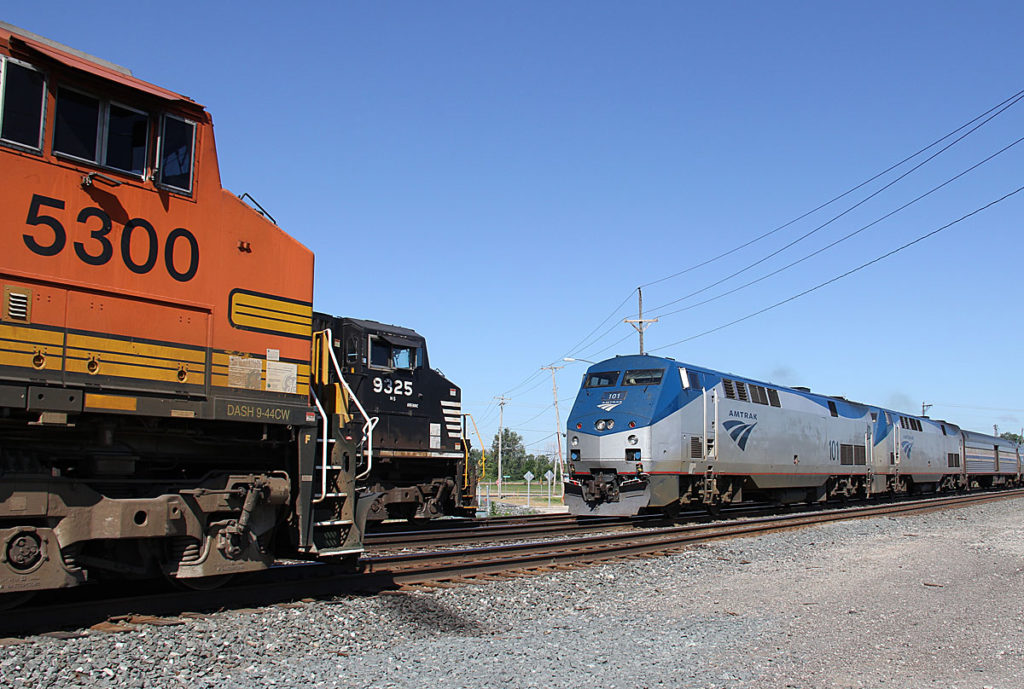Leslie and Nathan may sound like a dull couple from the ‘burbs, but they’re actually the first chairs in railroading’s horn section. The diesel locomotive horn section, that is. Many of today’s train-watchers recognize a railroad by the sound of its diesels’ horns. It’s only natural since sound is a strong memory-jogging sense, second only […]
Magazine: Trains Magazine
Locomotive classification lights

Locomotive classification lights Locomotive classification lights — colored flags by day, lights by night — were once used throughout North American railroading. U.S. railroads used a single light and outer lens, with colored lenses in between that could be changed as needed. Canadian roads used three separate lights; on diesels these were often located near […]
Mountain railroading terminology
Ruling Grade: The maximum meaningful grade on a line; the grade that limits train tonnage. Traditionally, a ruling grade was the grade up which the standard road locomotive assigned to that division could just stagger with a maximum-tonnage train. This grade may not have been the steepest on the division, however. There may have been […]
Outfit cars

Outfit cars Cars equipped with facilities for feeding and housing construction and maintenance employees in the field are known as outfit cars or camp cars. Over the years they have taken a number of forms. Because outfit cars are not revenue-producing equipment, railroads have tended to not spend much money on them, and a common […]
Rack and cable railways
Virtually all the railways in the world employ the same system for moving the vehicles that travel over them: Power is applied to some or all of the wheels that support and guide the vehicle along the rails. Adhesion between the wheels and running rails then allows the vehicle to move along the track, often […]
Rail
Perhaps no part of railroading is as important as that which gave the industry its name: rail. Together with flanged-wheel vehicles, rails allowed the development of a transport system quite distinct from the conventional roadway. Though rails of steel are standard today, iron and even wood found widespread use in the 19th century. Many early […]
Railroad’s traffic control systems

Traffic control systems Running a safe operation is not as simple as you might think. Every train must have authority to occupy the main track before it can begin moving. There are several types of authorities, but usually only one type is in effect on any given piece of track. Maintenance people must also have […]
Trackage and haulage rights
Because shippers’ distribution patterns are rarely congruent with any one rail carrier, railroads have developed two traditional methods of extending their reach over each others’ lines. The first is the joint rate and route. Two railroads, by agreement, establish one rate from an origin on the first to a destination on the second. One of […]
Appalachian & Ohio switching parent companies
GRAFTON, W.Va. – Employees of Watco Companies Inc. were notified in an internal memo on April 20 that CSX has asked the Appalachian & Ohio Railroad – featured in the May 2006 issue of TRAINS Magazine – to turn over operations to Four Rivers Transportation Inc. Watco, based in Kansas, had been negotiating – unsuccessfully, […]
Model Railroader, April 2006
[…]
Trains, April 2006
[…]
Model Railroader, March 2006
[…]
